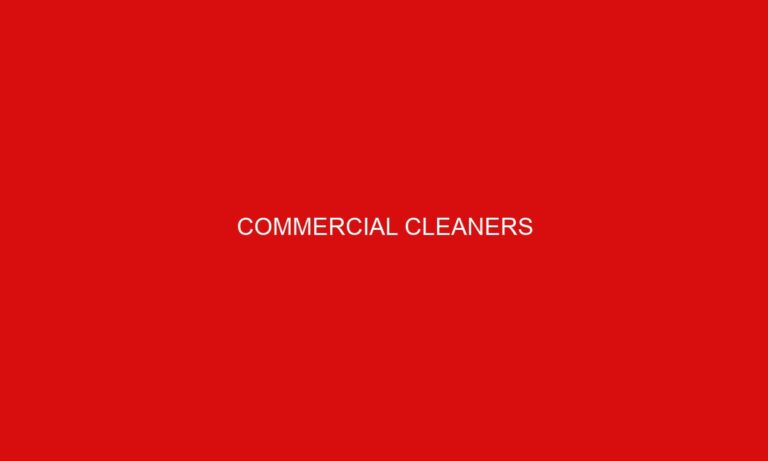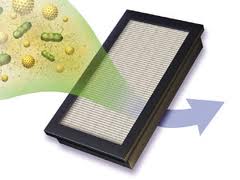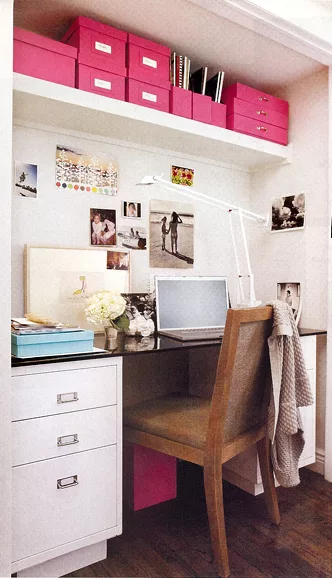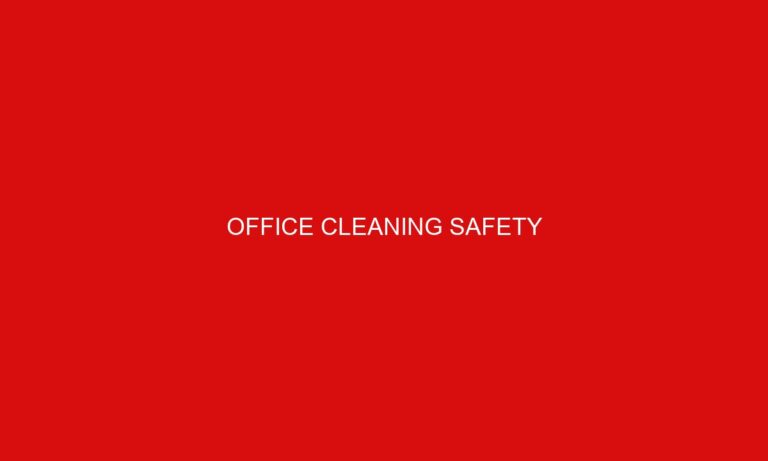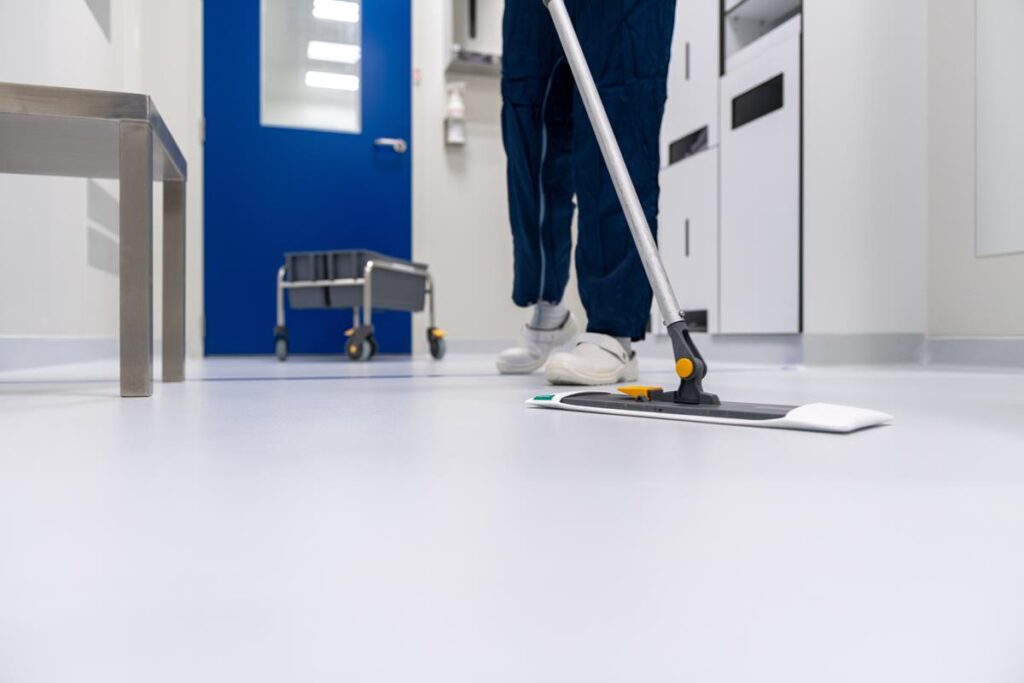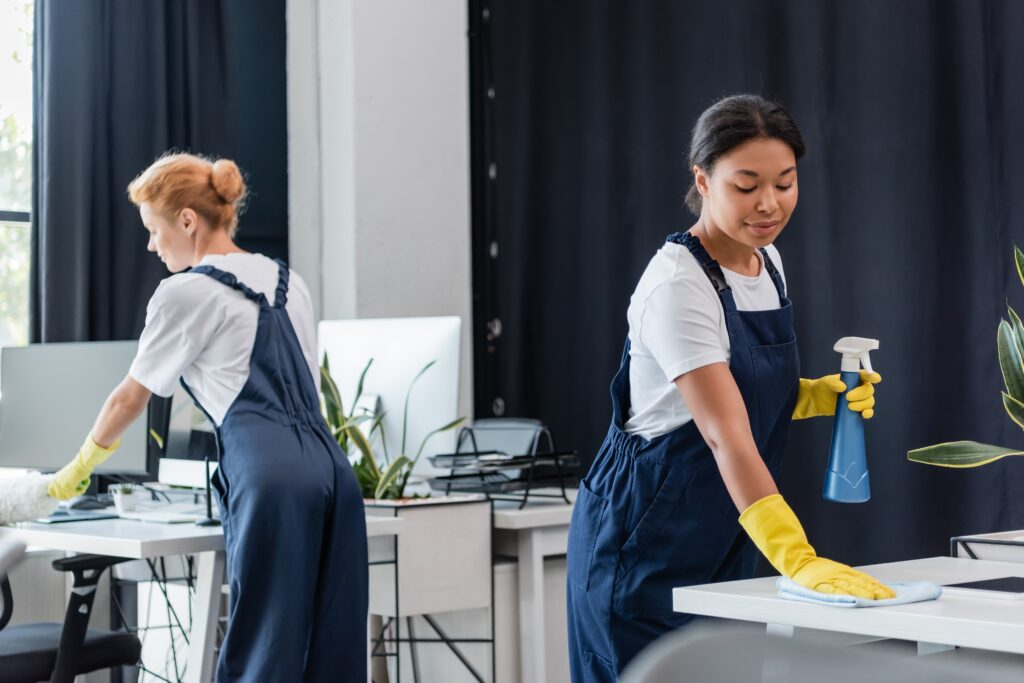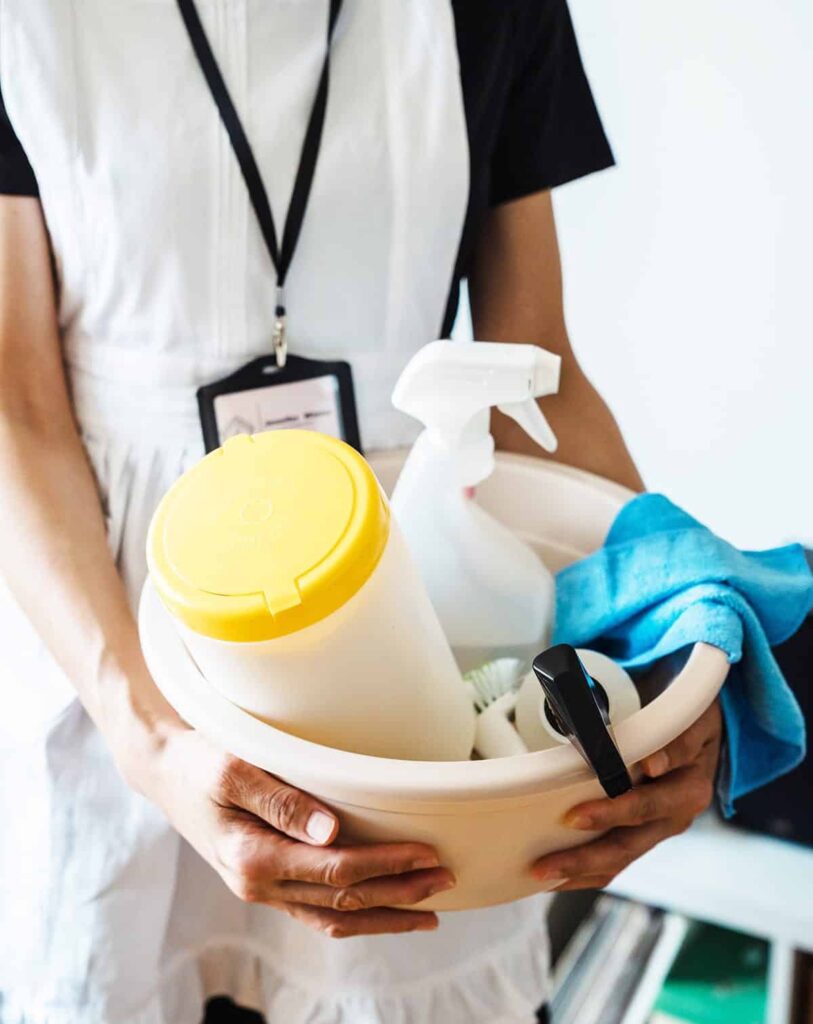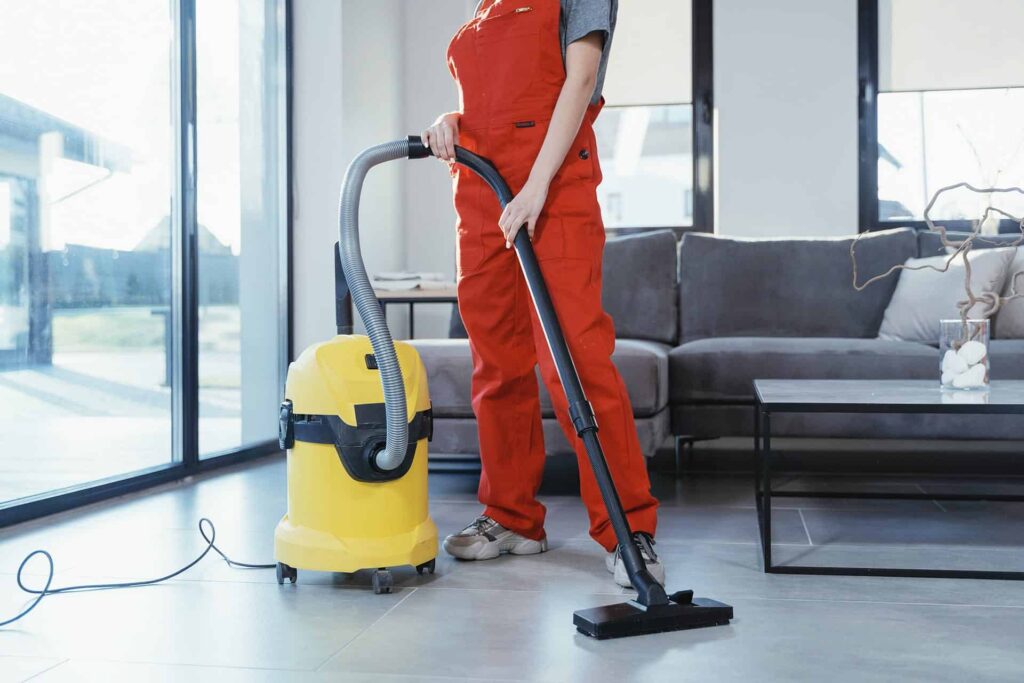The History & Transformation of the Vacuum Cleaner
Busy Bee – The History & Transformation of the Vacuum Cleaner
Written by:
The History & Transformation of the Vacuum Cleaner
Cleaning the house has always been a popular topic for product manufacturers because it is something that everyone does. People like their homes to be clean for their guests and to avoid allowing allergens and bacteria from causing health problems with family members. Floors and rugs get a great deal of attention because they tend to be the parts of the home that collect more dirt, dust, and allergens than any other area of the home. The vacuum cleaner has become a very popular way for homeowners to clean their rugs and their other flooring as well. The concept behind a vacuum cleaner has not changed since it was first invented, but the technology used to get the vacuuming job done continues to advance.
How a Vacuum Cleaner Works
A vacuum cleaner creates a partial vacuum by using an air pump to rapidly remove air from a canister. The vacuum created is not a true vacuum, as the system never actually removes all of the air from the canister. The vacuum cleaner has a series of bristles that agitate the particles in the rug on the floor, and then the partial vacuum lifts those particles into the canister. Some models of vacuum cleaners use bags or compartments filled with water to collect the particles to be disposed of later.
History of the Vacuum Cleaner
The history of the vacuum cleaner begins with the invention of the carpet sweeper in 1860 by Daniel Hess of Iowa. Hess’ device used a series of bristles and a manual air vacuum pump to pick up and collect particles. The earliest vacuum cleaners, much like the earliest grass cutters, were powered manually using bellows operated by the operator’s feet.
In 1868, Ives McGaffey tried to help out by introducing his version of the vacuum cleaner that was powered by a hand crank. Even though the device was awkward to use, it was still a commercial success for several decades. The design was modified and used by an American inventor named Melville Bissell in 1876 to create a line of successful cleaners.
John Thurman of St. Louis, Missouri, developed a gas-powered device in 1898 that was designed to pick up particles and blow them into a large bag. Instead of selling his invention commercially, Thurman offered cleaning services for homes and large buildings. He did offer a service that would install a cleaning system in large buildings, but the lack of dust control in his idea made his invention less than desirable among consumers.
A British inventor named Hubert Cecil Booth saw a demonstration in London of a device that was likely Thurman’s invention. Booth described the device he saw as blowing debris off of chairs into bags. Booth solved the dust control problem by reversing the air flow and creating a vacuum. He was awarded the patent for the vacuum cleaner in 1901 and began offering cleaning services throughout London.
Thurman challenged Booth’s patent, saying that Booth’s idea was a direct descendant of Thurman’s cleaning system. A United States judge ruled that Thurman’s device did not in any way resemble a vacuum cleaner and that Thurman did not understand the concept of vacuum cleaning at all. Booth’s patent stood, and he is credited with inventing the first powered vacuum cleaner.
In 1906, James Kirby developed an idea for the vacuum that would revolutionize the industry. He utilized a cyclone of air and water to collect the particles and reduce dust emissions. He was awarded a patent and created a company that still manufacturers vacuum cleaners using his ideas.
The first upright vacuum cleaner was invented in 1908 by an American asthma sufferer named James Murray Spangler. He was a janitor who felt that the dust being stirred up when he cleaned carpets at work was causing his asthma to get worse. Spangler was eventually awarded a patent for what he called a “Suction Sweeper” and promptly gave one of the first models to his cousin, Susan Hoover. Hoover’s husband was William Henry Hoover, who bought the patent from Spangler in 1908 and started The Hoover Company to begin manufacturing the device. Spangler was kept on as a production manager, and Hoover paid Spangler royalties from his invention until Spangler died in 1925.
The Impact of the Vacuum Cleaner
The initial impact of the vacuum cleaner could be seen on military bases and in hospitals around the world. One of the first orders received by Hubert Booth was for a cleaning system to be installed into the barracks of the Royal Navy. The Royal Navy was so impressed with the way that the vacuum cleaner reduced airborne allergens and debris that it made vacuum cleaning a mandatory part of cleaning all barracks. It was not long before military facilities around the world followed suit.
Each version of the vacuum cleaner that was rolled out to consumers had a certain level of success. Even the hand-cranked bellows models sold very well. When Hoover marketed Spanlger’s vacuum cleaner directly to housewives in 1908, sales skyrocketed and the popularity of the vacuum cleaner never looked back.
The Future of the Vacuum
The process of using bristles to bring up debris and then capturing the debris has not changed since the late 1800s. But one of the big innovations vacuum cleaners have seen over the years is in their maneuverability. Vacuums have become much lighter over the years and are able to be used in ways that are more in line with keeping a house clean. For example, newer models have an improved ability to vacuum under low tables and around tight corners.
In 2004, a British company introduced a vacuum cleaner that creates a true vacuum seal with the floor and literally floats on air. It is not a new idea, as Hoover introduced something similar in the 1970s, but this unit has been able to create a sustained vacuum that makes it easier to use.
Another innovation in the vacuum cleaner world is a process known as air recycling. Instead of exerting a tremendous amount of energy to create a vacuum, this technology recycles air through a canister and moves debris into a canister. This air stream approach could prove to be more energy-efficient than standard vacuum models.
- The History of the Kirby Company
- A Brief Look at Vacuum Cleaner History
- History of Household Technology
- History of the Vacuum Cleaner
- William H. Hoover
- The Vacuum Under the Stairs: Women, Modernity, and Domestic Technology
- Timeline of William Hoover
- Ives W. McGaffey’s Sweeping Machine Patent
- Fundamentals of Vacuum Technology (PDF)
Contact Us
Get a quote
Your satisfaction is our priority, and we’re here to assist. Reach out to Busy Bee effortlessly by contacting us. Whether you have questions, need a custom quote, or want to discuss your cleaning requirements, our friendly team is ready to respond promptly. Connecting with us is the first step towards a cleaner and more comfortable environment for your home or business.
Call us for a quote today!
Contact Us
Get a quote
Your satisfaction is our priority, and we’re here to assist. Reach out to Busy Bee effortlessly by contacting us. Whether you have questions, need a custom quote, or want to discuss your cleaning requirements, our friendly team is ready to respond promptly. Connecting with us is the first step towards a cleaner and more comfortable environment for your home or business.


